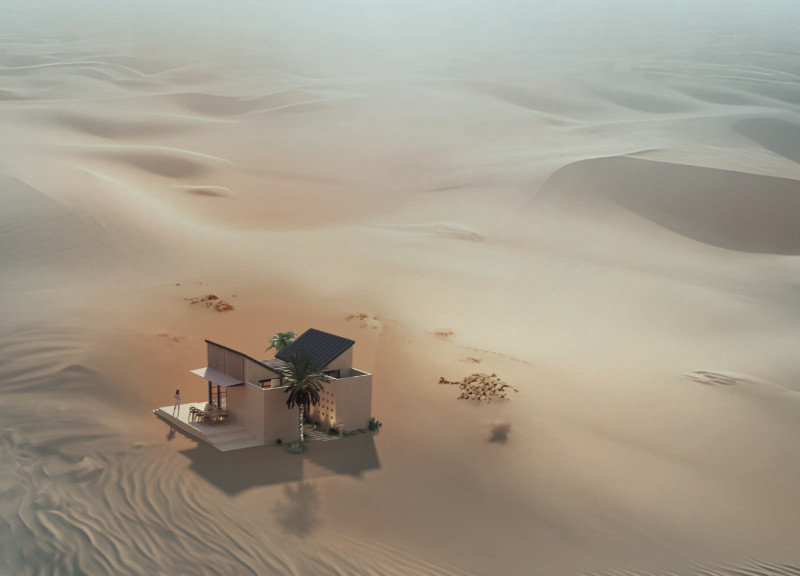5 key facts about this project
At its core, the project is intended to function as a multi-use space that caters to both communal gatherings and individual activities. This duality is reflected in the spatial organization, with areas that encourage interaction alongside quiet retreats. The careful arrangement of these spaces facilitates adaptability, allowing the architecture to respond to various events and activities throughout the year.
The exterior of the building is characterized by a series of carefully considered architectural elements. A combination of materials is employed to achieve a balance between aesthetic appeal and functionality. The use of locally sourced stone and timber predominantly shapes the façade, providing a warm yet durable surface that blends seamlessly with the surrounding landscape. Expansive glass elements invite natural light deep into the interior while allowing for visual connectivity with the outdoors. This transparency fosters a sense of openness, inviting community members to engage with the building and each other.
One of the notable features of the project is its integration with the natural environment. Green roofs and vertical gardens are utilized as part of the design, enhancing biodiversity and improving air quality. These green spaces not only contribute to the building’s aesthetic but also support environmental sustainability by managing stormwater runoff and reducing heat island effects. The thoughtful use of landscaping complements the architecture, providing outdoor spaces that encourage recreation and relaxation amidst nature.
The attention to detail in architectural elements is evident throughout the design. The entrances are crafted to be both welcoming and functional, with overhangs that offer shelter from the elements and promote a fluid transition between indoor and outdoor spaces. Inside, the interior layout showcases a thoughtful selection of finishes that prioritize comfort and usability. Natural materials continue to dominate the interiors, fostering a cohesive experience that resonates with the building's exterior.
Innovative design approaches are visible in the project’s technological integrations. Energy-efficient systems are employed to reduce the building's footprint, demonstrating a commitment to sustainability without compromising on comfort. Intelligent lighting solutions and HVAC systems are utilized to create a dynamic environment that adapts to occupancy levels and natural light availability.
Accessibility is another key consideration in this architectural project. Every aspect of the design ensures that users of all abilities can navigate the space effortlessly. Thoughtful placement of ramps, elevators, and clear signage enhances usability, embodying the principle that architecture should be inclusive.
In summary, this architectural project expertly navigates the complexities of modern design while remaining grounded in its community context. Through its focus on sustainability, adaptability, and inclusivity, it articulates a vision that is both pragmatic and inspiring. Readers interested in honing in on the finer details of this project are encouraged to explore the architectural plans, sections, designs, and ideas presented. This exploration will provide further insight into how the project successfully addresses both its architectural and community-focused objectives.


 Cedric Patrick Thomas Carle
Cedric Patrick Thomas Carle 























